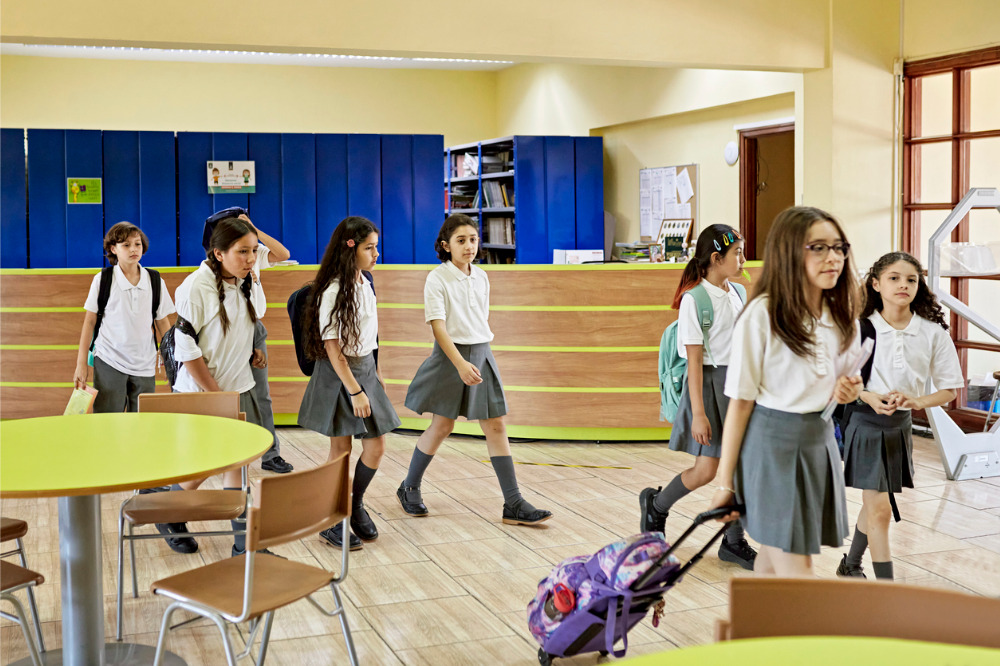
Queensland has initiated a state-wide effort to rally for complete funding of state schools, backed by fresh evidence underscoring the urgency for increased investment. The For Every Child campaign seeks full funding by 2028.
With Queensland state schools currently funded at just 89.3% of the Schooling Resource Standard (SRS) – the agreed minimum to meet all student needs – the campaign, spearheaded by the Australian Education Union (AEU), calls for equitable funding.
“Funding state school systems at 100% of the SRS across Australia is the only way to ensure every child gets every opportunity to succeed and we have the teachers we need for the future,” said Correna Haythorpe, AEU federal president.
“The needs of our children are growing but the funding from governments hasn’t kept up,” she said. “Principals and teachers are delivering a great education for students in Queensland state schools, but they are being asked to do too much with too little.”
The call for comprehensive funding stems from growing needs within the education system.
A survey conducted by the AEU, involving more than 580 teachers and principals in Queensland, found that:
- 63% of teachers noted an escalation in their work hours over the past year
- 40% of principals reported an increased departure rate among teachers nearing retirement, while 86% faced teacher shortages within the past year, up from 52% in 2020
- 93% of teachers identified four key investments to enhance student outcomes: additional support for students with disabilities or behavioural challenges, more time for lesson planning, increased classroom assistance, and reduced class sizes
- 70% of teachers reported a decline in student wellbeing, and 88% reported a decline in teacher wellbeing
While the AEU commends the Australian Labor Party's commitment to full state school funding, the absence of a definitive timeline raises concerns. Currently, 98% of private schools are funded at or above the SRS, in contrast, only 1.3% of public schools are funded at the SRS.
“The Albanese Government must take the lead in negotiations with the states and territories in the
next 12 months and ensure all state schools are fully funded by 2028,” Haythorpe said. “As part of that, the Commonwealth’s contribution to Queensland state schools needs to rise from 20% of the SRS now to a minimum of 25% in 2028.”
She highlighted that this adjustment could mean an additional $2 billion for Queensland state schools “that could be spent cutting class sizes and improving the one-on-one support for students.”
To achieve this goal, the Queensland Government must boost its SRS share from 69.3% to 75% by 2028, with the entire allocation dedicated to schooling, she said.
Currently, 4% of the Queensland SRS share is directed towards non-school expenses, primarily capital depreciation due to a loophole in funding agreements.
Cresta Richardson, president of the Queensland Teachers’ Union, emphasized the necessity of full funding.
“We have the most passionate and committed principals and teachers in Queensland state schools and full funding will allow them to increase the individual attention and support each child receives,” Richardson said.
“It will mean we can give teachers more time for lesson planning and collaboration and make their workloads more sustainable,” she said. “That will help lift results and ensure we can attract and retain the teachers we need for the future.”
“Full funding would ensure there was additional behaviour and learning support resources available for those that need it, leading to maximised learning opportunities for all students.”


